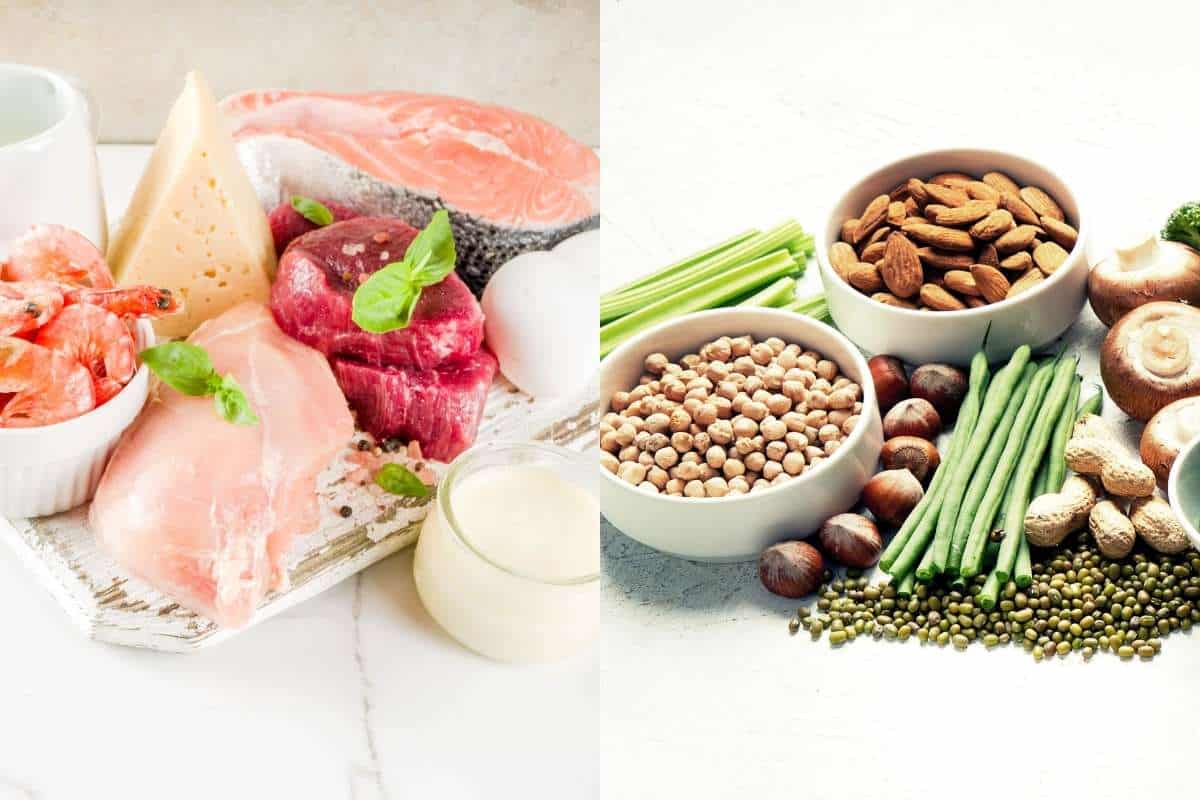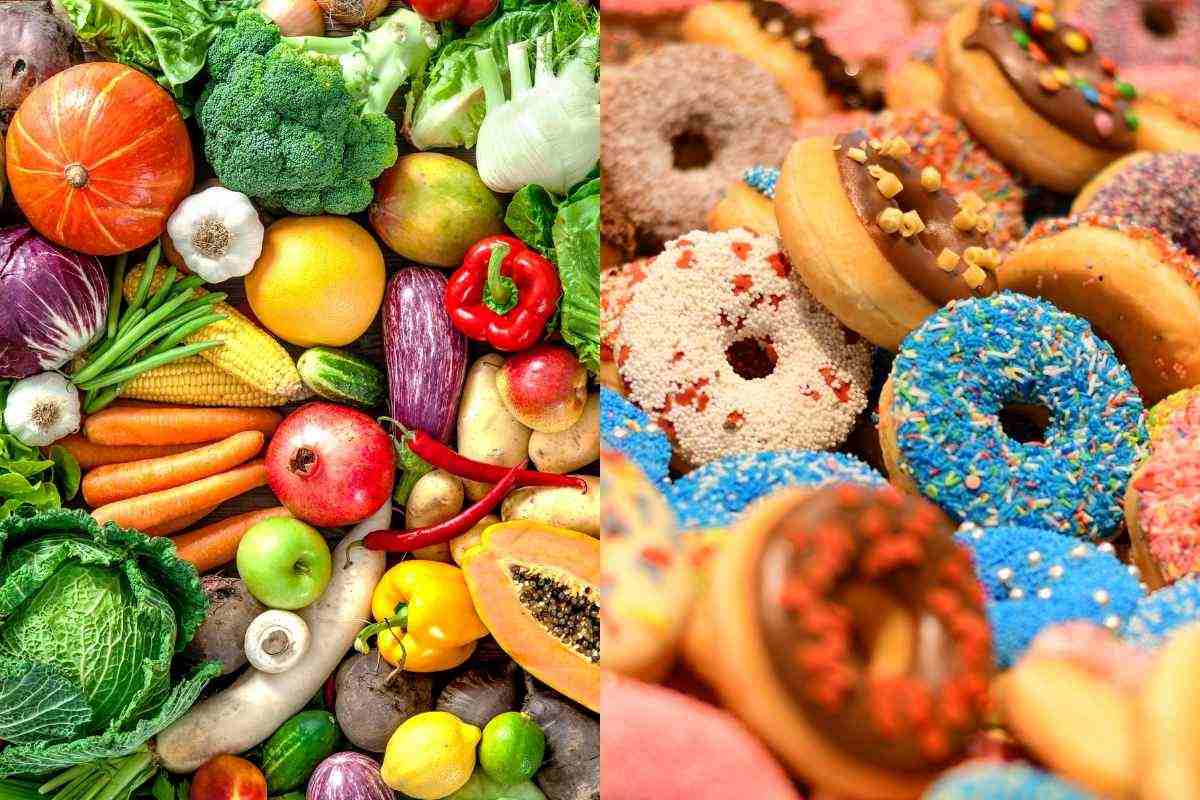Have you ever looked at someone eating large portions of food while maintaining a healthy weight and resented them for having a “fast metabolism”? Well, what if I told you that you can be that person?!
In this article, I’m going to explain how different types of food affect your metabolism, and how to eat in order to boost your metabolism to work more efficiently.
Joaquin’s Story
Let me start by telling you a story about a previous client of ours. His name is Joaquin. When he was first diagnosed with type 2 diabetes, he was shocked and scared. He knew that if he didn’t make significant changes and quickly, his health would just continue to get worse. For most people, diabetes is a progressive disease. He was already overweight and had tingling feet showing early signs of neuropathy, and he didn’t want to develop further health complications.
Joaquin set out to learn more about diabetes and find ways to change his health. He knew that insulin resistance and being overweight were issues he could tackle with diet, so he started there. He found the Mastering Diabetes program and came to one of our retreats, where we taught him how different foods affect metabolism. He saw big and immediate results from making changes to his diet based on what he learned, and I’ll go over those results at the end of this post. But first, I want to teach you some of what I taught him at the retreat, so that you understand why Joaquin experienced these results so quickly.
The Basics: What is Metabolism and How Does it Work?

Some people will tell you that weight is about the equation of calories in vs. calories out. But it’s not that simple. It turns out that it’s not enough to just look at how many calories you are consuming. Instead, you need to consider what you are eating, meaning where you get the calories from.
Let me give you a hypothetical scenario. Two groups of people eat the exact same amount of calories each day for an extended period of time. One group is eating a plant-based diet, and the other is eating something else. During this time, while eating the same amount of calories but from different foods, those eating a plant-based diet lose more weight than the other group. Is this possible?! Well, let me tell you the punchline: that wasn’t just a hypothetical scenario. There are dozens of studies documenting that exact scenario,1-5 and I’m about to tell you how it works.
Metabolism is the process your body goes through to convert what you eat and drink into energy. Your metabolism is influenced by things like your basal metabolic rate, your physical activity, and the thermic effect of food. Your basal metabolic rate (or BMR) is the amount of energy your body uses just to keep you alive doing all those things in the background like breathing and cell repair. Physical activity is all the things you do from walking to the bathroom to running a marathon. And the thermic effect of food is the energy you use when you eat and digest food.
You probably already know this but the three macronutrients that make up the food you eat are fat, carbohydrates, and protein. Fat has the lowest thermic effect, meaning your body needs the least amount of energy to use it, because the body usually just takes it in and stores it as fat. Easy peasy. Carbohydrates have a higher thermic effect because your body has to break them down into usable forms, transport them into your cells, and THEN your body can either use it or store it for later – so your body burns calories just digesting and using it. Protein has the highest thermic effect.
Oftentimes when people learn that protein has the highest thermic effect, they think “Oh, I should eat a high protein diet if I want to increase my metabolism and lose weight” – and for most people, when they think of a high protein diet, they think of meat and dairy products. And it’s true that those foods are high in protein! The issue is that high protein animal foods are often also high in fat.
High Protein Foods: Animal-based vs. Plant-based

Did you know that most cheese consists of about 80% of its calories from fat?! Or in a quarter pounder beef burger, about 50% of the calories come from fat – even if it is grass fed, pasture-raised, organic beef. Even in skinless chicken breast, you have about 20% of calories from fat, and if you’re eating the skin like on wings or drumsticks then it’s back up to almost 50%.
Fat slows metabolism more than anything, so the fat content of most meat and dairy products negates some of the effects you were trying to get from the high protein content.
Now, when you look at high protein plant foods like soybeans, lentils, or quinoa, you will find that they have very little fat and actually contain a lot of carbohydrate in addition to the protein. For example, lentils are approximately 30% protein, 70% carbohydrate, and 4% fat.
And it turns out that that extra carbohydrate is a good thing. We want our protein to come with carbohydrates. Here’s why: Your body wants to use protein for other things rather than energy. Protein’s primary role in the body is NOT providing you with energy, it’s doing things like rebuilding tissues, synthesizing hormones, and supporting your immune system. Your body prefers to use carbohydrates as energy. Providing energy is carbohydrate’s primary purpose. So when you eat a high carbohydrate diet, you allow your body to operate most efficiently, metabolically speaking – because your body uses those carbohydrates for energy and spares the protein to be used for its ideal purposes.
So while we don’t necessarily promote a low protein diet, we recommend focusing on a high carbohydrate and low fat diet, which has been shown to increase the thermic effect of food.6
Be Careful Which Carbohydrates You Consume
Let’s make sure to dissect where your brain goes when you hear the words high carbohydrate diet too!
You know the Krispy Kreme challenge? Don’t do it. We’re not talking donuts here.
The same issue that happens with animal protein often happens with carbohydrates. Foods like muffins, donuts, and pastries are baked with things like butter and oil that make those foods have a very high fat content – which as I’ll continue to say, slows metabolism. (AND increases insulin resistance, for that matter!) In addition to this, foods like potatoes or pasta are low in fat on their own, but often get piled high with butter, cheese, and other creamy or meaty foods that once again, block the health benefits of the base high carbohydrate food.

When we talk about high carbohydrate foods, we are talking about whole foods. Single ingredient foods that you can grow and harvest in nature. Foods like fruit, rice, oats, beans, chickpeas, and potatoes.
You are welcome to prioritize higher protein foods like soybeans, lentils, and quinoa within that, and doing so will naturally give your body exactly what it needs to function optimally, because those foods are naturally low in fat and high in carbohydrate too.
The Body Works in Harmony
That’s one of the beautiful things about the body -- that it is like an ecosystem in nature, where one thing affects everything. Nothing exists in isolation, and therefore everything works in harmony.

When you eat a low-fat, high carbohydrate diet consisting of whole (AKA unprocessed) plant foods, you naturally eat a diet that is higher in fiber, higher in water, higher in vitamins and minerals, and lower in saturated fat. All of these factors also positively influence metabolism. AND, all of those foods help to improve insulin sensitivity. Having better insulin sensitivity in turn helps to improve metabolism because if your body is more efficient at processing and using carbohydrates, they are less likely to get stored as fat – which would slow metabolism.
What Happened to Joaquin?
After we taught all of this to Joaquin, he put it into practice immediately. He started eating an abundance of fruits, vegetables, potatoes, rice and beans. He ate with no restriction, as much as he wanted until he was full of these foods. Here’s what happened:
We always smile watching that clip!
Here’s the thing I really want you to know and take away from this article today: Joaquin isn’t unique. Of course he is a wonderful, unique person – but his success was simply his body responding to the food he was eating.
Low fat, high carbohydrate, plant-based whole foods increase metabolism and boost insulin sensitivity. Period.
High fat foods (especially foods high in saturated or trans fats), animal foods, and processed foods slow metabolism and lead to the progression of insulin resistance. Period.
It worked for Joaquin, it’s worked for hundreds of people who have used our coaching program to guide them, and should you choose to join us in this way of eating, it will work for you, too.
Lower Your A1c and Get to Your Ideal Body Weight ... Guaranteed

Your results are guaranteed. Join more than 10,000 ecstatic members today
Personalized coaching puts you in immediate control of your diabetes health, helps you gain energy, improves your quality of life, and reduces or eliminates your meds.
+ References
The post Boost Your Metabolism and Reverse Diabetes with the Right Foods appeared first on Mastering Diabetes.